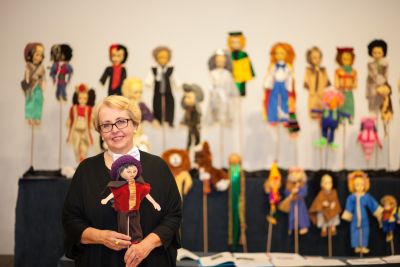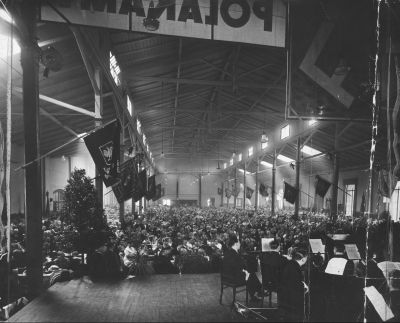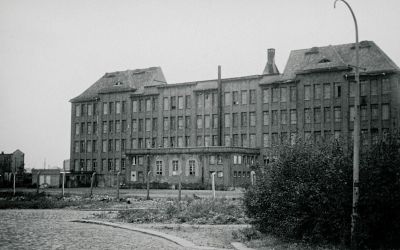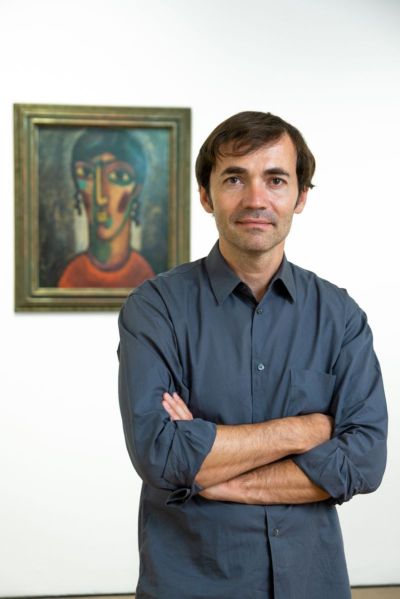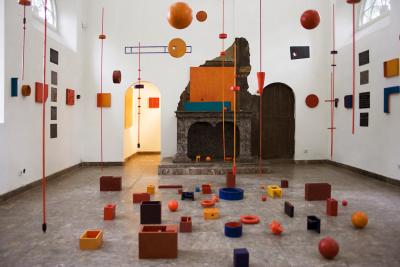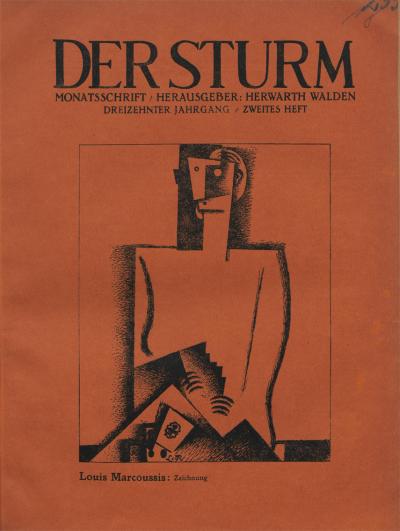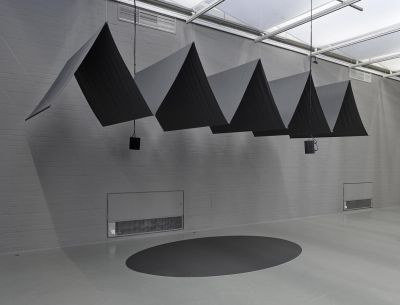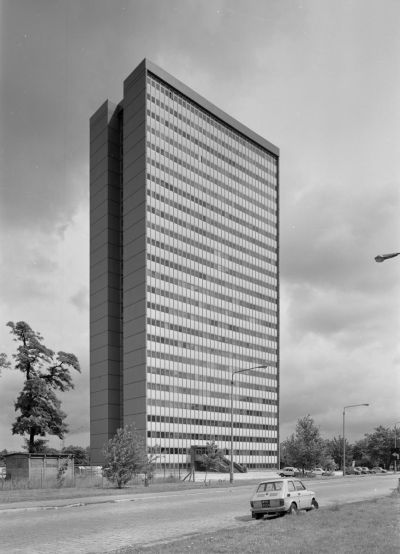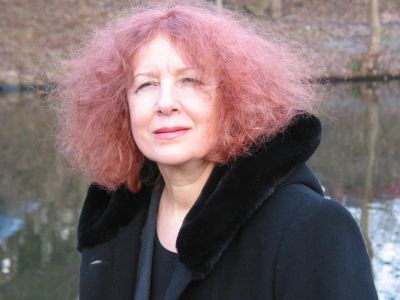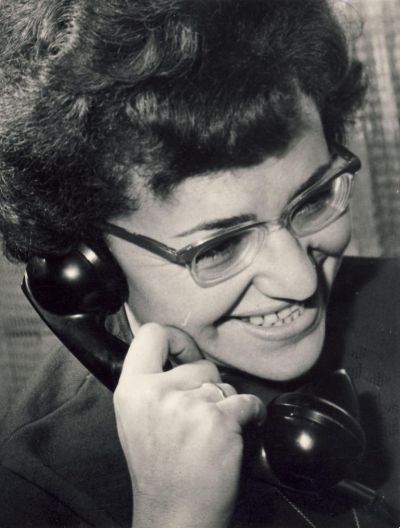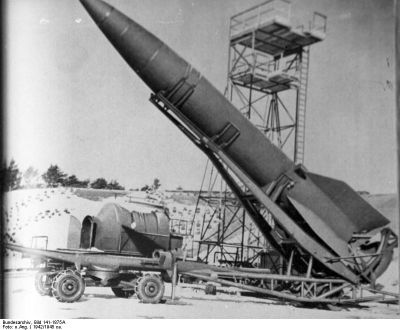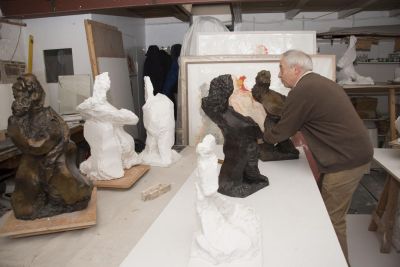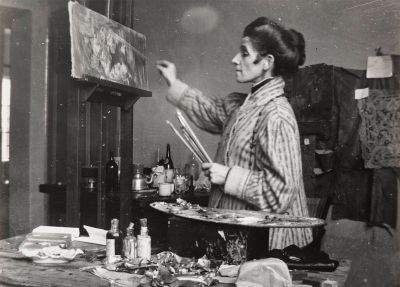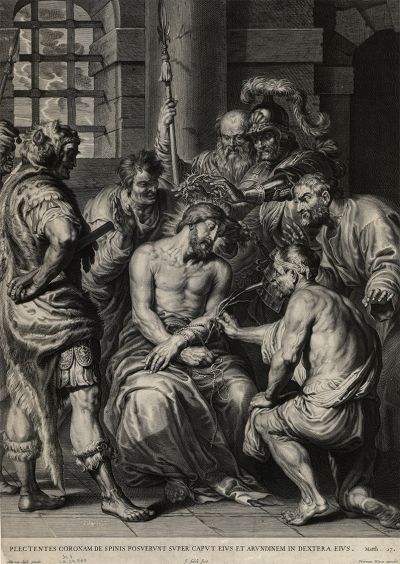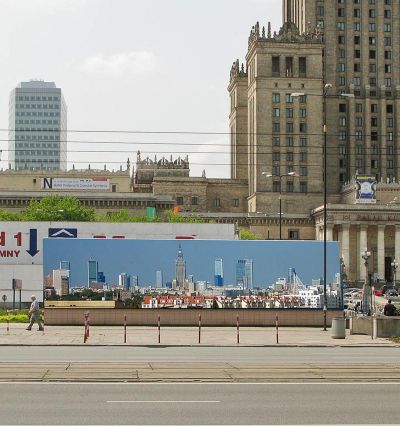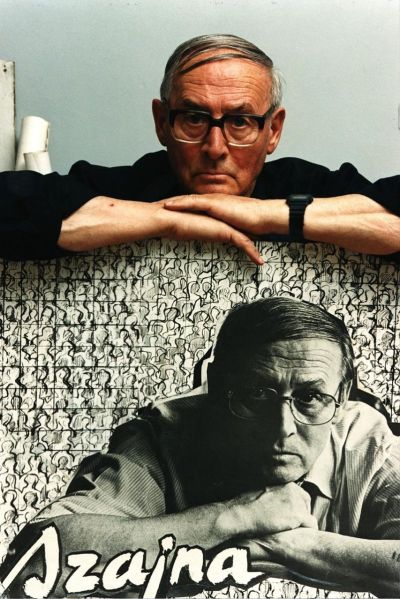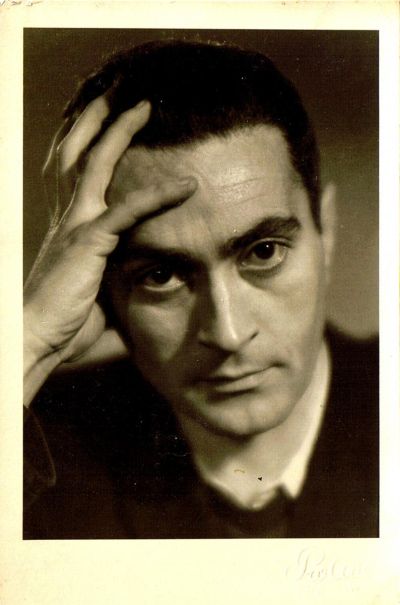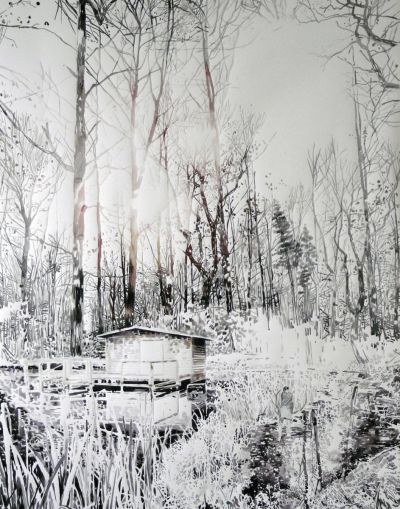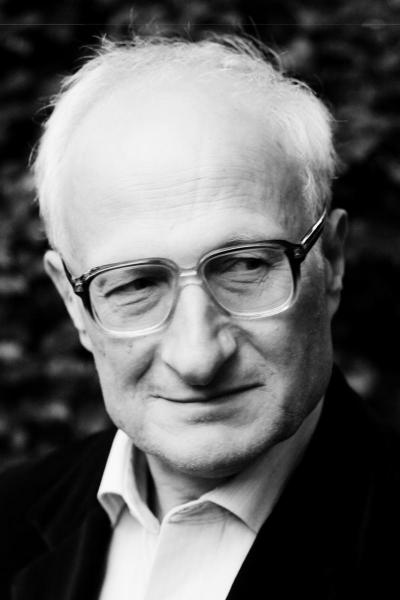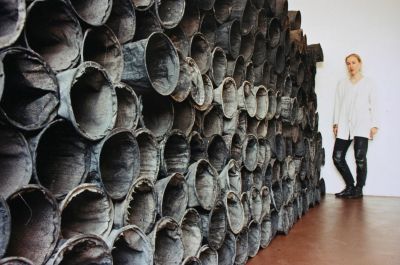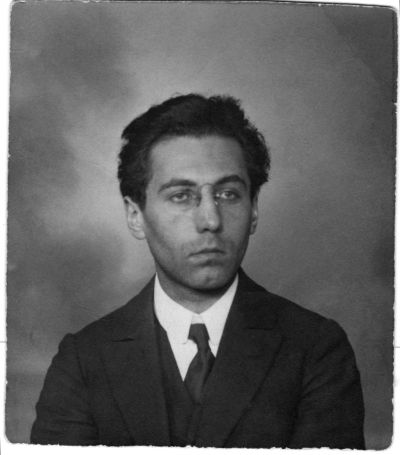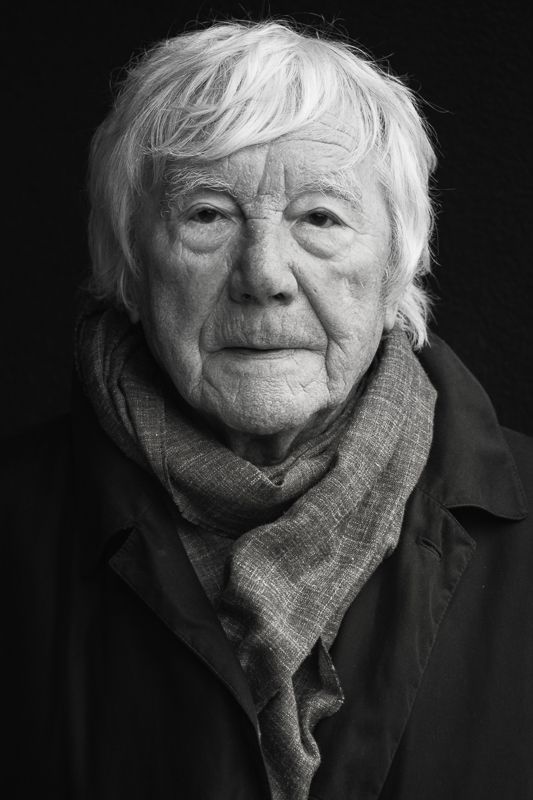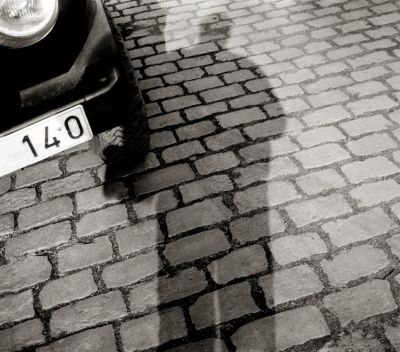Tadeusz Rolke. A master of documentary photography
Mediathek Sorted









































From the 1990s onwards, Tadeusz Rolke, who by now was no longer a member of any editorial team, devoted himself with increasing passion to his own projects – including the search for traces of Jewish life in Poland and Ukraine. He explains his reasons for doing so:
“I was a witness, after all. I really saw the Holocaust; I didn’t just read or hear about it. And I wanted to talk about it. I want to do it publicly, and not behind closed doors. In some way, this was also a personal mission of mine.”[10]
In 2008, the Berlin-based publishing house edition.fotoTAPETA, which Rolke had co-founded, published the album “Wir waren hier. Verschwindende Spuren einer verschwundenen Kultur” (We were Here. The Vanishing Traces of a Vanished Culture) which shows images of the remnants of Hassidic culture in the former Polish territories. In turn, the theme of the obscured past was addressed in the project “Sąsiadka” (The Neighbour). The inspiration for the project came from a book by the historian Jan Tomasz Gross, “Sąsiedzi. Historia zagłady żydowskiego miasteczka” [English: Neighbors. The Destruction of the Jewish Community in Jedwabne, Poland, Princeton University Press, 2001 – translator’s note]. The book tells the story of the Jews in Jedwabne, who were murdered by their Polish neighbours in 1941. Rolke curated the exhibition together with the photographer Chris Niedenthal. The exhibition was opened in 2001 to mark the 60th anniversary of the date when the events took place. In 2017, Rolke returned to this theme, travelling to 16 locations where similar pogroms were carried out, as documented by Mirosław Tryczyk in his book “Miasta śmierci” (Death Towns). The exhibition “Lekcja pamięci” (Lesson in Remembrance) was shown at the Jewish Historical Institute (Żydowski Instytut Historyczny) in Warsaw.
Of particular importance within Tadeusz Rolke’s work as a whole is the “Tam i z powrotem” (There and Back) project from 2019. It takes the 90-year-old photographer back to the places where he spent time at the end of the war. As part of the project, he travelled around Poland and Germany for ten days, producing over 20 photographs that tell the story of his life as a boy and young man. We see the village of Dobbrikow in Brandenburg as it looks today, where the young Rolke worked as a forced labourer, as well as Berlin, Kargowa, Chwalim, Okonin and, finally, Gdańsk. Marek Grygiel, the curator of the exhibition, which was shown at the Warsaw gallery “La Guern” in honour of Rolke’s 90th birthday, describes the project as follows:
“The idea of re-living this journey 75 years later is a reminder of the formative years in the life of the young boy. Considering the fact that each place along the road looks entirely different today, it wasn’t an easy journey to make. The images stored away in memory for many years come back to life; memories return and stand the test of time. The photographs, which were taken over a period of just ten days and after 2,200 km on the road, represent both the real and geographical places where events took place many years ago. But they also portray places that refer directly to the dramatic period in Tadeusz Rolke’s life.”[11]
Tadeusz Rolke continues to work despite his advanced age, and galleries are still keen to show his works. He just about always has a camera to hand. He is regarded as a true phenomenon among the viewing public and photography critics. In his foreword to the album “Tadeusz Rolke. Fotografie 1944–2005”, Adam Szymczyk wrote:
“He belongs to the dying generation of artists who believe in the value of photography, which lies in the recording of a moment of disclosure. Intuitively and intelligently, he always manages to be present where the planets align, and to capture this on camera. It is thanks to artists such as him that miracles still happen, and the purpose of memory is to enable us to have something that we can forget. Without him, we would be living in an eternal, perfectly transparent present, like on television.”[12]
Monika Stefanek, January 2021
Photographs shown with the kind permission of Tadeusz Rolke and Agencja Gazeta
Recent photo albums:
- “Rolke” (2015) http://www.bosz.com.pl/books/496/Rolke-Tadeusz-Rolke/-
- “Rolke w kolorze” (2019) http://www.bosz.com.pl/books/693/Rolke-w-kolorze-Tadeusz-Rolke/d,53,10/
A film directed by Piotr Stasik on the life of Tadeusz Rolke was released in 2012, entitled “Dziennik podróży” (The Travel Diary): https://ninateka.pl/film/dziennik-z-podrozy-piotr-stasik
[10] Rolke, “Wie ich unter die Deutschen geriet ...”, p. 119.
[11] Quoted from the article “Tam i z powrotem – wystawa Tadeusza Rolke” on the Optyczne.pl portal: https://www.optyczne.pl/13762-news-Tam_i_z_powrotem_-_wystawa_Tadeusza_Rolke.html (last accessed: 13/1/2021).
[12] “Tadeusz Rolke, Fotografie 1944–2005”, foreword Adam Szymczyk, Foksal Gallery Foundation, Warsaw 2015.

